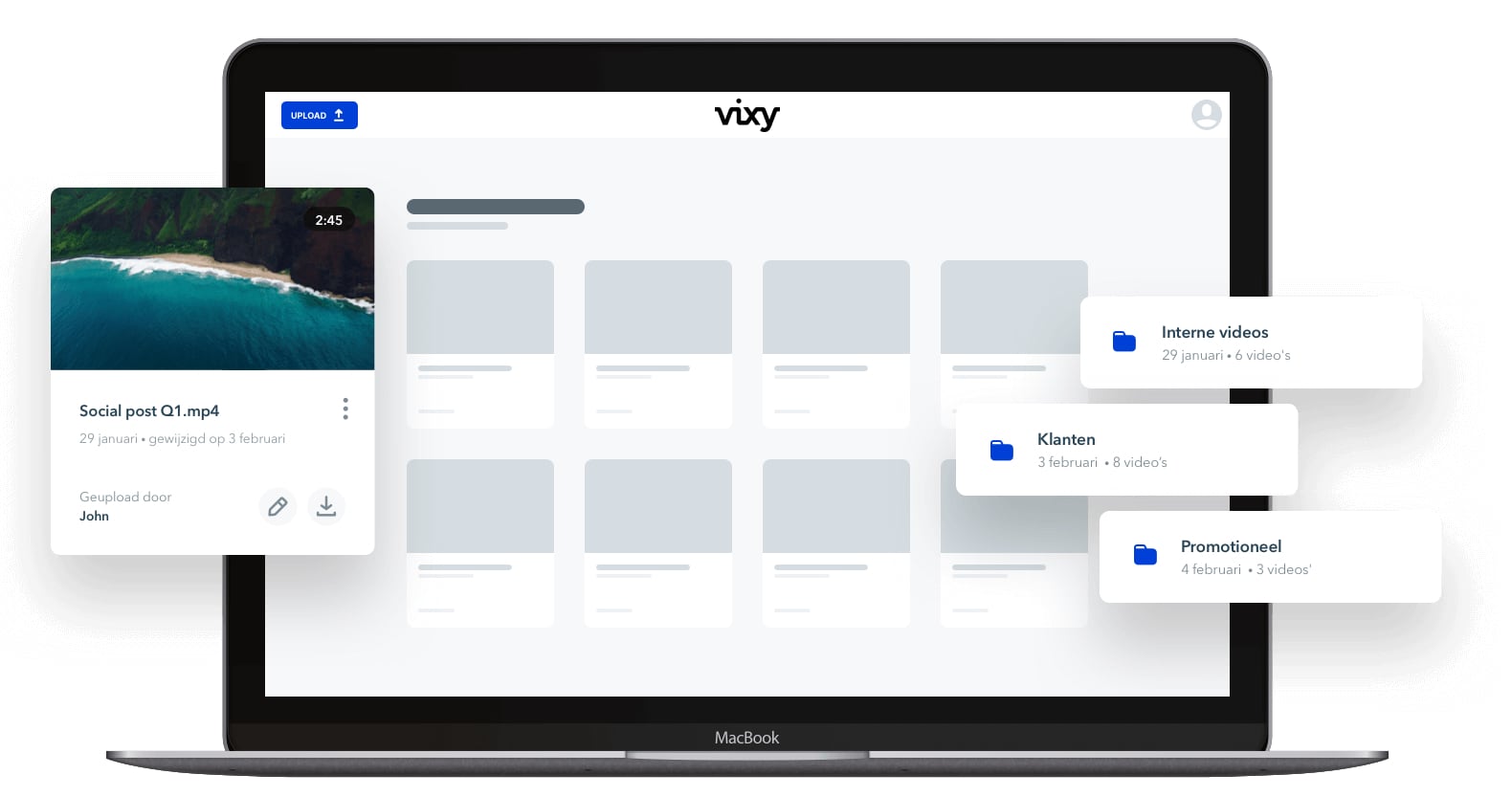Video Hosting: choose a reliable and flexible platform..

Video API (Application Programming Interface) is an interface that provides a secure and standardized way for two applications to communicate and transfer video content with each other. A video API is an application programming interface that allows you to create, store, and deliver video. Many video APIs also include a way for you to retrieve analytics about the videos and livestreams you show viewers. The benefit of a video API is that it’s completely flexible, you’re able to develop the API for any use case you want.
The key difference between a video streaming API and OVP is the abstraction layer in which they operate. An abstraction layer hides complexity of a system, and the higher the layer, the more it hides. OVPs operate at a varying levels of abstraction often offering very high levels of abstraction, such as a CMS, mixed with intricate technical details all combined into the same collection of APIs.
Sometimes a video API focuses on one element of the video creation and delivery process. For example, a video API might only handle livestreaming. Or it might only transcode videos for use elsewhere. So Video APIs can include a wide variety of services for example
A video streaming API provides three core services:
Video player / Client-side APIs
Another type of video API you might run into are client-side video APIs. When you need to play back video in a browser or on a device, you’ll use these APIs to display video content to the user. Client-side video APIs operate at both high and low levels of abstraction depending on the control level you need over the playback experience. Most pre-packaged video players you could use will also have their own APIs–these players will leverage the lower-level video APIs on a device and provide you with a higher level of abstraction. Video player APIs include features like * The ability to make the video being played downloadable or not
This covers the basics of what’s in a typical end-to-end video API. Many video APIs only handle one or two of the features described.



